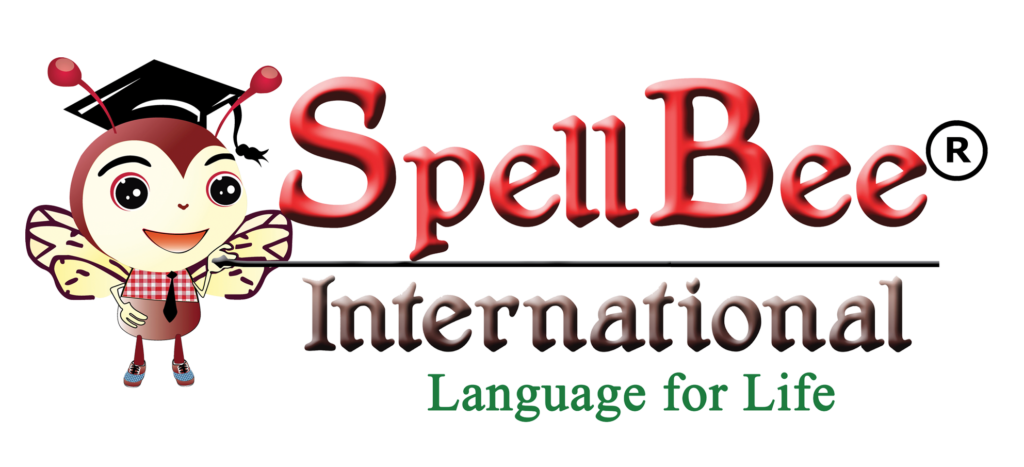PHONETIC CHART
Copyrighted interactive phonetic chart with systematic classification of sound and specific linguistic features of the English language







☁
Plosive/Stop
∼
Nasal

Non Sibilant
Fricative
⚞
Sibilant Fricative
⚞
Sibilant
Affricative
⁀
Approximant
Lateral Approximant

Understanding English through Phonetics is important because English is not spoken like how it is written. Many words have silent letter(s); one letter can have many sounds and many letters can represent one sound!
There are only 5 vowel letters (a e i o u), but they are pronounced in 20 different ways (20 VOWEL PHONEMES) and 21 consonants are pronounced as 24 different sounds (24 CONSONANT PHONEMES). These 44 sounds are used in millions of words. Understanding these 44 sounds is the key to understand the correct pronunciation of all the words.
SpellBee International’s Phonetic Chart is IPA-based and provides 3 example words with 3 most frequent spellings for each sound. It is colour-coded to understand where and how you should make a sound. Initially, it could seem a little complex, but once you overcome this, it shall surely enhance your speaking style and manner tremendously.


In general, vowels are classified as Short vowels & Long Vowels, and Monophthongs & Diphthongs.
Short Vowels (short sound):
/ i /e/ /æ/ /u/ /A/ /D/ /ǝ/
Long Vowels (Lond sound):
/i://з://u://ɔ://a:/ /e/ /1/ /ai/ /03/ /13/ leǝ/ /ǝʊ/ /aʊ/
Monophthongs (a single vowel sound):
// lel /æ/ /o/ /A/ /D/ /ǝ/ /i://3://u://ɔ://α:/
Diphthongs (a glide of two vowels considered as a single sound):
/e//e//e//e//e//e//e//e//e/
ROUNDEDNESS: relates to the amount of rounding of the lips
Rounded: the lips are rounded.
Unrounded: the lips are slack or drawn back.
BACKNESS: relates to the position of the tongue relative to the back of the mouth.
Front: tongue is moved forward to the teeth.
Central: tongue is along the central region of the oral cavity.
Back: tongue is moved backward to the pharynx wall.
OPENNESS: relates to the position of the tongue relative to the roof of the mouth.
Close: Tongue is raised up almost touching the palate. Near-Close: Tongue is raised up near the palate.
Near Close: Tongue is raised up near the palate.
Close-Mid: Tongue is quiet raised up from the resting position.
Mid: Tongue is almost in the rest position at the middle part of the oral cavity.
Open-Mid: Tongue is quite lowered down from the resting position.
Near-Open: Tongue is completely lowered down from the resting position but the lower jaw is not totally opened.
Open: Tongue and lower jaw are completely lowered down from the resting position.
In general, consonants are classified as voiced and unvoiced/voiceless
VOICING: relates to the vibration of the vocal folds when the airstream passes through.
Voiced: the vocal folds vibrate when producing the sound.
Unvoiced/Voiceless: the vocal folds do not vibrate when. producing sound.
There are 9 voiceless consonant sounds: /p/ /f/ /e/ /t/ /s/ // // /k/ /h/ and 15 voiced consonant sounds: /b/ /m/ /v/ /o/ /d/ /n/ /z/ /r/ // /3/ /d3/ /j/ /g/ /n/ /w/
PLACE: is the location/spot and how the speech organs come together in producing the sound.
Bilabial: Both lips in contact
Labio-dental: Upper lip in contact with lower lip
Apico-dental: Tip of the tongue (apico) in between the upper and lower teeth.
Apico-alveolar: Tip of the tongue (apico) in contact with the alveolar ridge.
Fronto-postalveolar: Front part of the tongue (fronto) in contact with the back part of the alveolar ridge.
Fronto-palatal: Front part of the tongue (fronto) in contact with the central portion of the palate (hard palate).
Dorso-velar: Back part of the tongue (dorso) in contact with the vellum (soft palate).
Glottal: The interaction between the vocal folds.
MANNER: is the way the speech organs interact and modify the flow of airstream
Plosive/Stop: Stopping The airstream is stopped with the tongue or lips and then suddenly releasing it with a burst sound;
Nasal: Complete oral closure but the airstream is released through the nasal cavity.
Sibilant Fricative: The articulators interact between them to create a narrow space sufficiently enough to create an audible friction (fricative), Sibilant means that it is a hissing or whistling sound.
Non-Sibilant Fricative: The articulators interact between them to create a narrow space sufficiently enough to create an audible friction but not hissing or whistling sound.
Approximant: The articulators interact between them getting close enough to each other (partial closure or a gap in between) to modify the airstream but without friction.
Lateral Approximant: The tongue touches the center part of the palate, therefore allows the airstream to come only through the sides.
Sibilant Affricative: The airstream is stopped with the tongue or lips and then suddenly releasing it with an audible friction (plosive + fricative).

Our exclusive partnership with Digital Spellbee provides access to affordable exams and mock tests, opening a world of possibilities.

SpellBee International is a trailblazing educational research organisation that has revolutionised English language education for over 15 years, serving more than 6000 schools and certifying over 10,00,000 students. Founded in 2010 by a team of visionary social engineers, seasoned educationalists, and international researchers, we have tirelessly worked towards bringing about a paradigm shift in language education.
SpellBee International Language for Life is a registered trademark under the Trademarks Act, 1999.
Design & Development: BYT Digital
Connect with us